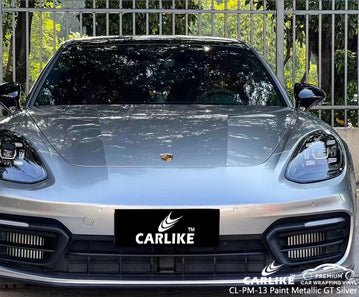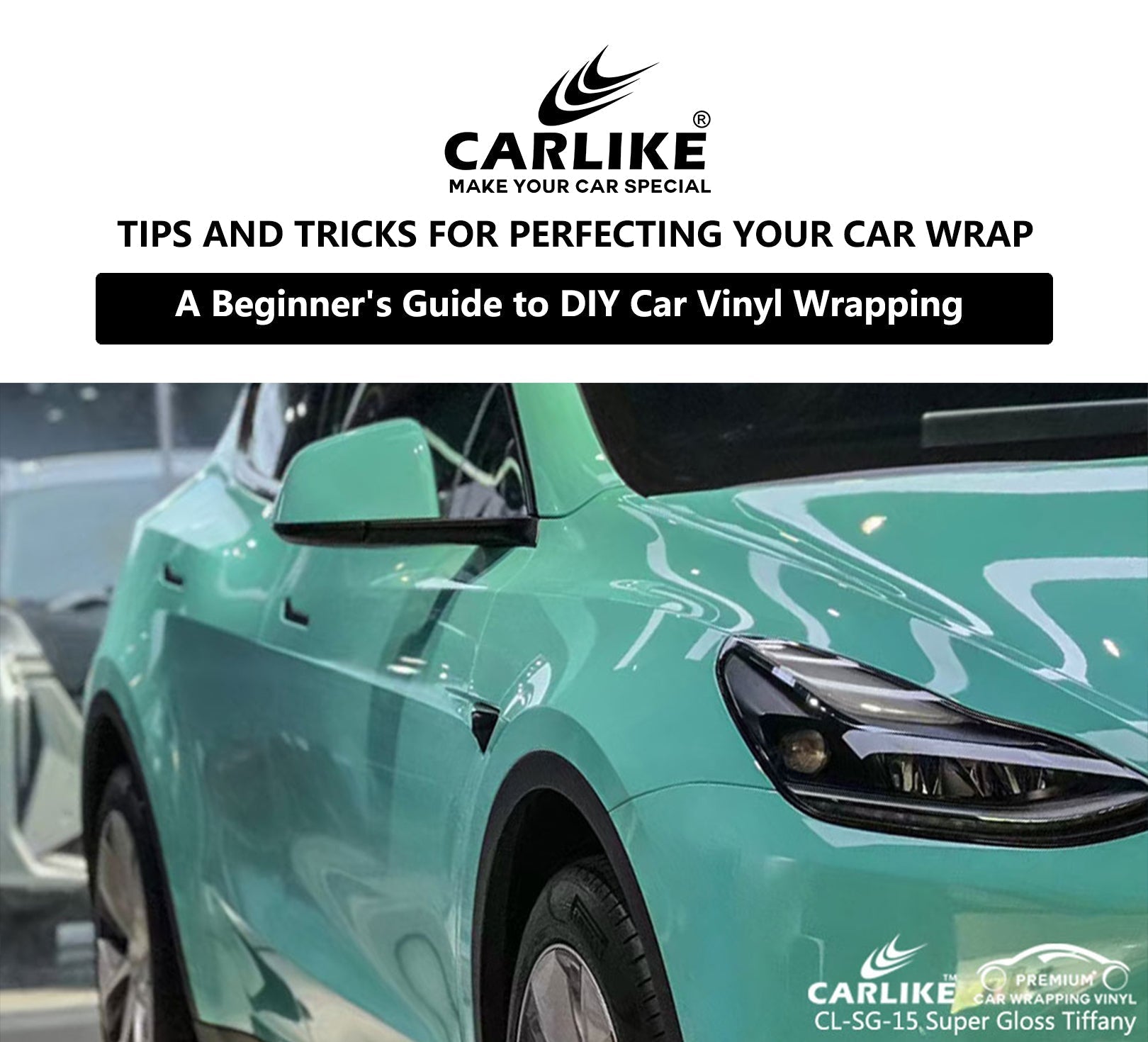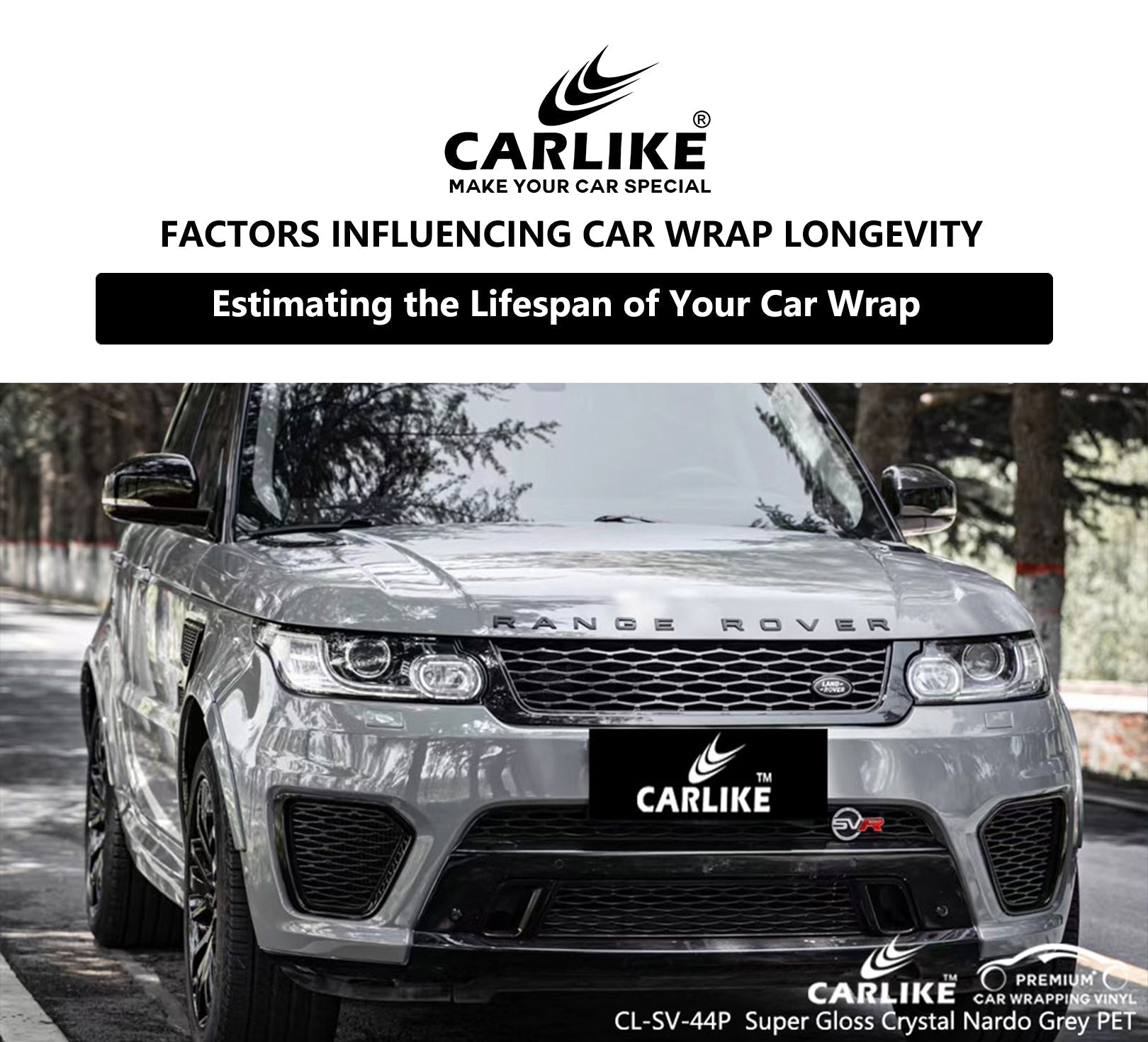What is car wrapping vinyl?
Car wrapping vinyl is a popular and cost-effective way to completely transform the look of a vehicle. This vinyl material is specially designed to conform to the curves and contours of a car, and it can be applied to any exterior surface, including the hood, roof, trunk, and doors.
If I would like to wrap my car, how much car wrap do I need for my car?
How much wrap do I need for my car?
1. Determining Vehicle Dimensions
Here are some methods for determining the dimensions of a vehicle:
1. Using Measuring Tools
- Tape Measure: You can use a tape measure to measure the length, width, and height of the vehicle. Start by measuring the length from the front bumper to the rear bumper. Then, measure the width from one side mirror to the other or from the widest point of the vehicle. Finally, measure the height from the ground to the highest point of the vehicle, usually the roof.
- Calipers: Calipers can be used to measure smaller dimensions such as the thickness of body panels or the diameter of wheels.
2. Vehicle Manual or Specifications
- The owner's manual or vehicle specifications provided by the manufacturer often include information about the dimensions of the vehicle. This can be a quick and accurate way to find the length, width, and height.
3. Online Resources
- Many automotive websites and databases provide detailed specifications for various vehicle models. You can search for your specific make and model to find dimensions such as length, width, and height. - Some websites also offer 3D models or diagrams of vehicles with measurements that can help you visualize the dimensions more accurately.
4. Mobile Apps
- There are mobile apps available for smartphones and tablets that can measure dimensions using the device's camera and augmented reality technology. These apps can be useful for measuring larger vehicles or for getting quick estimates on the go.
By using these methods, you can accurately determine the dimensions of your vehicle, including length, width, and height, which will help in calculating the amount of wrap needed for your car.
2. Calculating Wrap Area
To calculate the area required for the car wrap, follow these steps:
1. Measure the dimensions of the vehicle: Use a measuring tape or ruler to measure the length, width, and height of the vehicle. Measure the longest points of each dimension to ensure accuracy.
2. Convert measurements into square feet or square meters: Once you have the measurements, multiply the length by the width to calculate the total square footage of each side of the vehicle. For example, if the length of the vehicle is 10 feet and the width is 5 feet, the total square footage for one side would be 10 feet * 5 feet = 50 square feet.
3. Consider the shape and curves of the vehicle: Vehicles are not perfect rectangles, so you'll need to account for any curves, angles, or protrusions that may affect the amount of car wrap you needed. Measure these areas separately and add them to your total square footage calculation. It may be helpful to divide the vehicle into sections (e.g., doors, hood, roof, bumpers) and measure each section individually.
4. Add extra material for overlaps and waste: It's a good idea to add a buffer of extra material to account for overlaps, trimming, and any mistakes that may occur during the installation process. Typically, professionals recommend adding an additional 10-20% to your total square footage calculation to ensure you have enough car wrap material.
5. Total the area for all sides of the vehicle: Once you have calculated the square footage for each section of the vehicle and added extra material, sum up the total square footage to determine the overall area required for the car wrap.
By following these steps and considering the shape and curves of the vehicle, you can accurately calculate the area required for the car wrap.
3. Consulting Professionals
Consult professionals, such as car wrap experts or automotive detailing shops, before wrapping. They can provide accurate estimates of wrap area based on the vehicle's specific needs and requirements.
Learn more to click: CAR WRAP VINYL SIZE CALCULATOR GUIDE
If you have any questions, please feel free to come to CARLIKE to find us.

4. Wrap Tips and Precautions
Finally, here are some tips and precautions for wrapping a vehicle:
1. Ensure the vehicle is clean: Before applying the car wrap, thoroughly clean the surface of the vehicle to remove any dirt, dust, grease, or other contaminants. Use a gentle automotive soap and water, followed by a solvent-based cleaner to ensure a completely clean surface. Any residue left on the surface can affect the adhesion of the wrap and result in an uneven finish.
2. Choose high-quality car wrap materials: Invest in high-quality car wrap materials from reputable manufacturers. Quality car wraps are more durable, have better adhesive properties, and offer superior color retention and UV protection. Cheap or low-quality car wraps may not adhere properly, fade quickly, or peel off prematurely, leading to a poor overall appearance and potentially costly rewrapping.
3. Seek professional assistance for installation: While DIY car wrapping is possible, it's often best to seek professional assistance for installation, especially for complex designs or full car wraps. Professional installers have the experience, expertise, and specialized tools necessary to ensure a seamless and professional-looking finish. They can also help minimize the risk of errors, such as wrinkles, bubbles, or misalignments, which can detract from the final result.
4. Prepare the surface properly: In addition to cleaning the vehicle, ensure that the surface is properly prepared before applying the car wrap. This may involve removing any existing wax or coatings, repairing any surface imperfections or damage, and applying adhesion promoters or primers as needed. Proper surface preparation is crucial for ensuring optimal adhesion and longevity of the car wrap.
5. Use proper techniques for application: When applying the car wrap, use proper techniques to minimize the risk of errors and ensure a smooth and uniform finish. This includes using squeegees or rollers to remove air bubbles and wrinkles, heating the car wrap with a heat gun to improve conformability and adhesion, and carefully trimming the excess material for clean edges and a professional look.
6. Allow sufficient curing time: After the car wrap is applied, allow sufficient time for it to cure properly before exposing it to harsh conditions or washing the vehicle. This typically involves avoiding washing the vehicle for at least 24-48 hours after installation and avoiding exposure to extreme temperatures or harsh chemicals during this time. Proper curing ensures that the car wrap fully adheres to the surface and provides long-lasting protection and aesthetics.
By following these tips and precautions, you can ensure a successful and long-lasting car wrap that enhances the appearance of your vehicle and provides durable protection for years to come.
FAQ for how much car wrap do I need for my car?
Q: How do I determine how much car wrap I need for my car?
A: To determine the amount of car wrap needed for your car, measure the length, width, and height of the vehicle. Then, calculate the total surface area to be wrapped, taking into account the shape and curves of the vehicle.
Q: Can I use a generic formula to estimate the amount of car wrap needed for my car?
A: While there are generic formulas available, they may not provide accurate estimates for all vehicles due to variations in size and shape. It's best to measure your specific vehicle to determine the exact amount of wrap needed.
Q: What factors should I consider when calculating the amount of car wrap needed?
A: Factors to consider include the size and shape of the vehicle, the type of car wrap material being used, any design elements or customizations, and whether you're wrapping the entire vehicle or just specific areas.
Q: How do I convert vehicle measurements into car wrap area?
A: Convert vehicle measurements into square feet or square meters, depending on your preferred unit of measurement. Then, consider the surface area coverage provided by the wrap material to estimate the total amount needed.
Q: How do I know if I need professional assistance for wrapping my car?
A: If you're inexperienced or unsure about the wrapping process, or if you're tackling a complex design or full vehicle wrap, it's recommended to seek professional assistance. Professional installers have the expertise and tools to ensure a high-quality result.
Final Words
In conclusion, determining the amount of wrap needed for your car is an essential step in the wrapping process. By accurately measuring the dimensions of your vehicle and considering factors such as material type and design elements, you can ensure that you purchase the right amount of wrap for the job. Whether you choose to tackle the wrapping process yourself or seek professional assistance, proper preparation and attention to detail are key to achieving a high-quality result. Remember to choose high-quality wrap materials, properly prepare the surface of the vehicle, and follow best practices for installation to ensure a long-lasting and visually appealing finish. With the right approach and care, a vehicle wrap can enhance the appearance of your car while providing durable protection for years to come.






